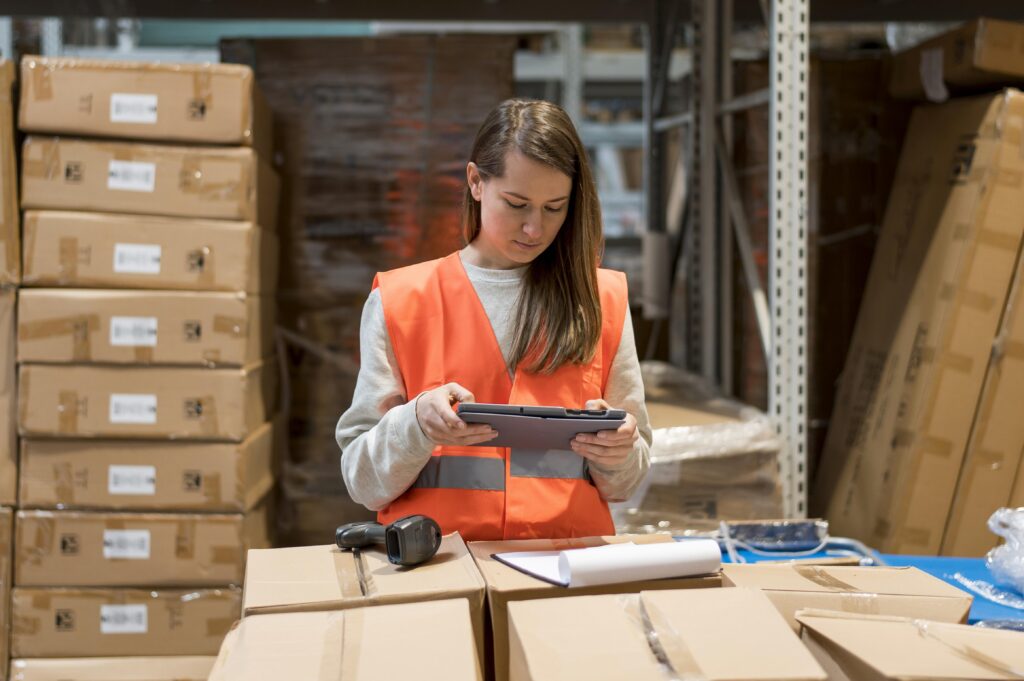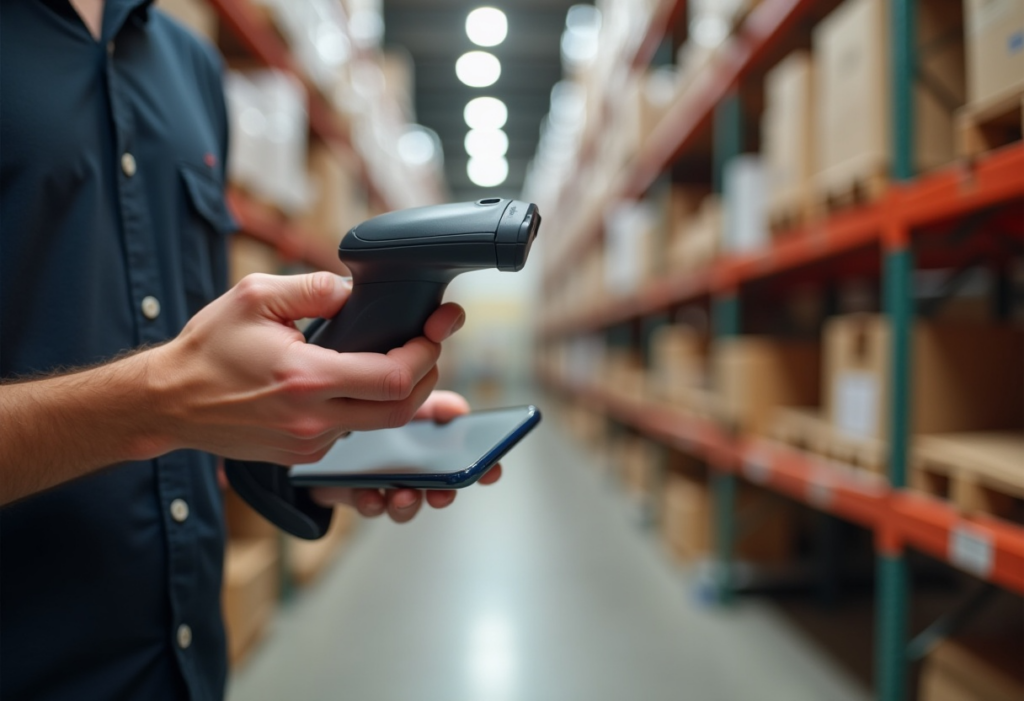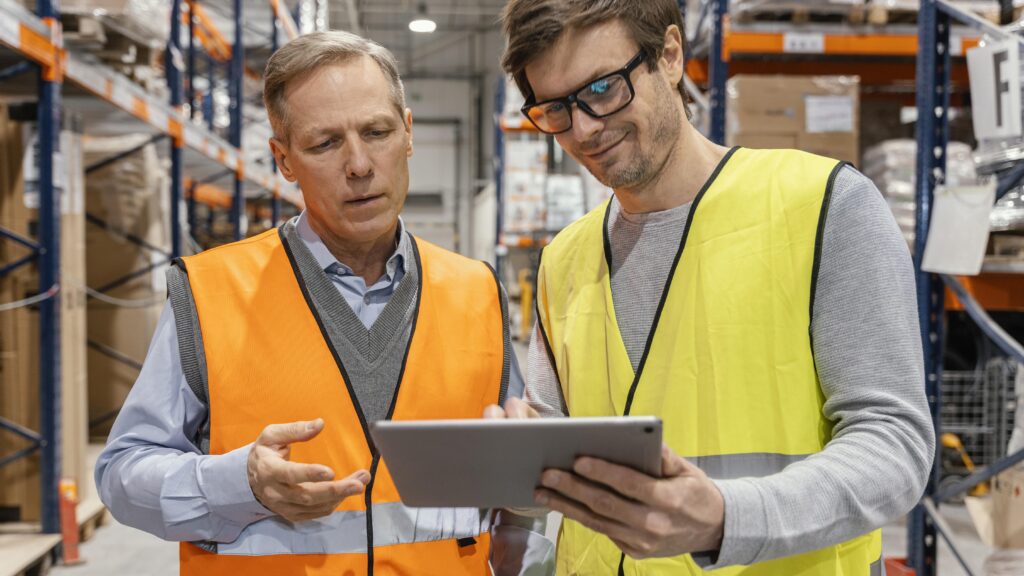Introduction
According to research, online sales of personal goods are anticipated to reach $563 million by 2024, but the standard size of a warehouse is approximately 181,000 square feet. With these data, it’s not amazing that 87% of analyzed resolution makers are either increasing or planning to develop their warehouses by 2024. It’s also not astonishing that the number of new warehousing capacity that will be required by 2035 is predicted to be 2.3 billion square feet.
In warehouse automation, technology and automated systems are used to frequent procedures and tasks and to remove guidebook data entry. Physical and digital warehouse automation assures a more valuable, reliable, and error-free operation, which raises the bottom line, defends employees, and better customer satisfaction.
Warehouse Technology
Warehouse technology deals with the keeping of records and approval of goods. It is part of logistics and is closely related to managing materials and packaging technology.
It includes the storage of goods and is thus a fundamental component of the collective strategy. It functions as a link between acquisition, presentation, handling, and transfer.
Top Warehouse Technology Trends
Following are the top warehouse technology trends:
Automated-Guided Vehicles and other Flightless Robots:
The order pickers spend about half of their time traveling from one location to another. The introduction of robots in the warehouse can reduce the time of workforce consumed in moving around the warehouse. The worth of these types of material has come down, allowing good robotics to be integrated into almost every affair.
Blockchain
Blockchain is a scattered database that contains the records of digital data or incidents in a way that makes the database tamper-proof. While many users may approach, observe, or include the data, they can’t do any alterations or elimination it. The fresh data stays put, leaving a constant and public instruction trail, or chain, of records.
Blockchain takes scattered access to record protection, which increases the security of the system. Information about every operation is collected from all the computers in the network.
Blockchain can be functional during the supply chain:
- Recording the transmission of records and material assets.
- Sharing production figures with suppliers and vendors.
- Tracing receipts, procuring orders, and shipment notifications.
- Linking supplies to digital tags, barcodes, and serial numbers.
Inventory Robots
The use of inventory robots helps in the daily management record counts. The tag surveyor is the counting robot with the ability to check inventory from up to 25 feet away using RFID scanners and sensors. Records can be updated on daily basis instead of keeping monthly records. Not only would your record data be more precise, but it would also dishearten record stealing.
Ocado technology, in England, has developed a warehouse run entirely by robots. The warehouse is named as “The Hive” and houses more than 1000 robots that can process 65000 orders per week.




